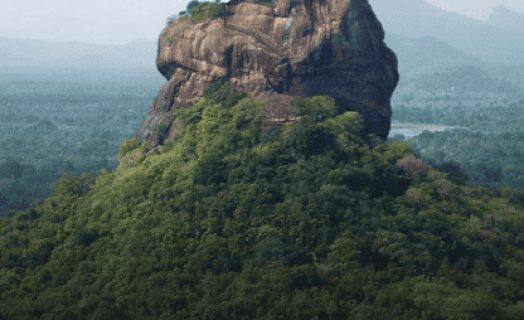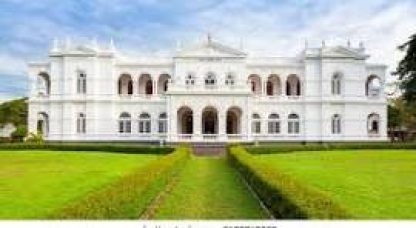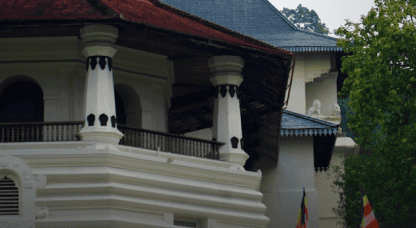Sigiriya, often referred to as the “Eighth Wonder of the World,” is one of Sri Lanka’s most iconic landmarks. Rising dramatically 200 meters above the lush forests of the Cultural Triangle, this ancient rock fortress is a testament to the ingenuity and artistry of a bygone era. Whether you’re a history enthusiast, a nature lover, or simply seeking breathtaking views, Sigiriya is an unmissable experience.
A Glimpse into Sigiriya’s History
Constructed in the 5th century AD by King Kashyapa, Sigiriya served as a royal citadel and a secure retreat. Kashyapa chose this towering rock to establish his kingdom after usurping the throne from his father. The site features an ingenious combination of natural rock formations and man-made structures, including royal gardens, moats, and fresco-covered walls.
Legend has it that Sigiriya was designed as an impregnable fortress but also as a paradise palace. After Kashyapa’s fall, the site became a Buddhist monastery until it was abandoned in the 14th century.
Highlights of Sigiriya Rock Fortress
- The Lion’s Gate
As you ascend, you’ll encounter the Lion’s Gate, which was once adorned with a massive lion sculpture. Today, only the giant paws remain, hinting at the grandeur of the original structure. - Mirror Wall and Frescoes
The Mirror Wall, once polished to reflect the king’s image, now bears inscriptions and poetry from ancient visitors. Above it, vibrant frescoes depict celestial maidens, showcasing the artistic mastery of Sigiriya’s creators. - The Summit
The summit of Sigiriya offers panoramic views of the surrounding jungle, lakes, and villages. Here, the remnants of King Kashyapa’s palace, pools, and throne can be explored. Standing at the top, you’ll understand why Sigiriya was considered both a fortress and a paradise. - Water Gardens
At the base, the symmetrical water gardens demonstrate advanced hydraulic engineering, with intricate fountains, moats, and ponds that still function during the rainy season.
Tips for Visiting Sigiriya
Timing: Arrive early to avoid the heat and crowds. The best time to visit is during sunrise or just after dawn.
Preparation: Wear comfortable shoes and bring water, as the climb involves steep steps and can take 1-2 hours.
Local Guides: Hiring a knowledgeable guide can enhance your experience with fascinating insights into the history and architecture of Sigiriya.
Tickets: Entry fees are higher for international visitors but are well worth the cost for the experience and preservation of this UNESCO World Heritage Site.
Beyond the Rock
While the rock itself is the star attraction, Sigiriya’s surroundings offer more to explore. The nearby Pidurangala Rock provides an alternative climbing experience and stunning views of Sigiriya Rock. Additionally, the surrounding countryside is ideal for cycling tours and exploring local villages.
Why Sigiriya Should Be on Your Bucket List
Sigiriya is more than just a rock; it’s a window into Sri Lanka’s rich cultural and architectural heritage. Its combination of history, natural beauty, and engineering marvels makes it a must-visit destination for travelers. Whether you’re drawn by the mystery of its history or the challenge of the climb, Sigiriya promises an unforgettable journey through time.
Plan your visit to this ancient wonder and experience the magic of Sigiriya Rock Fortress for yourself!





